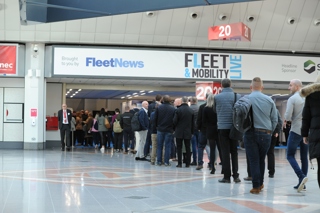Service, maintenance and repair costs have been rising steadily.
Vehicles are often being run on extended replacement cycles, and inflation, particularly raw materials and parts increases, has also added to the burden.
So what can fleets do to minimise this growing cost?
Driver training, particularly focusing on safe and fuel efficient driving, can eliminate ‘heavy right foot syndrome’ and decrease gear changes by 20%.
This means tyres, brakes and clutch can all have considerably longer lives.
However, training must be followed up by management or telematics to become a cultural change.
“We find in-house maintenance most cost-effective but we have outsourced our CVs to a local authority because it is cheaper than the private sector and gives good service.
"Be prepared to collaborate wherever possible with other organisations to get economies of scale,” says Richard Flint, head of transport at North Yorkshire Police.
“We analyse wholelife costs. Replace vehicles at the optimum point in the lifecycle for maximum efficiency.”
Target those minor damage incidents – kerbing, reversing, clips and scrapes.
Minor damage can contribute disproportionately to repair costs.
Hitting the kerb, a pothole, or taking speed bumps too fast not only damages the tyre but can knock your axle alignment, causing greater wear and higher fuel costs.
Peter Fairlie, ATS Euromaster group sales director, says regular fleet inspections will optimise tyre pressures, alignment and fuel economy.
“Tyres have to work much harder if they are incorrectly inflated. 20% under-inflation, around 6psi in many cases, can reduce tyre life by 20% and increase fuel usage by 3%.”
Martin Collins, managing director of Commercial Vehicle Solutions, says CVS gives all customer vehicles a free laser alignment annually, and can offer a mobile service to other fleets.
“One customer in South Wales has achieved massive savings since having his fleet laser aligned,” says Collins.
Reducing business mileage has an impact. Rob Paddock, logistics and distribution manager at Commercial Group, says new routing cut annual mileage by 20%.


















Login to comment
Comments
No comments have been made yet.